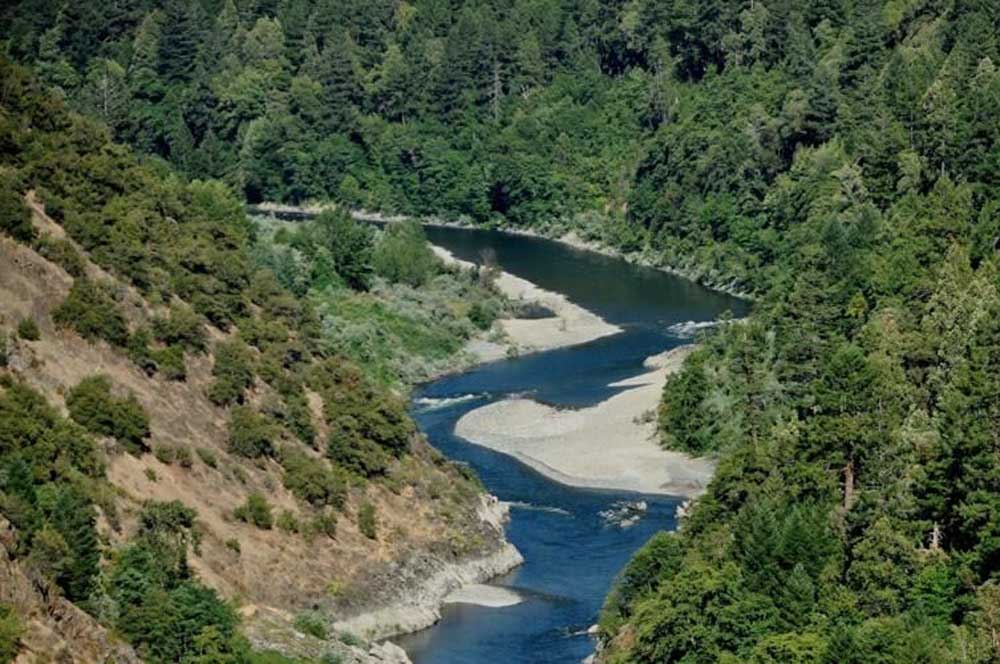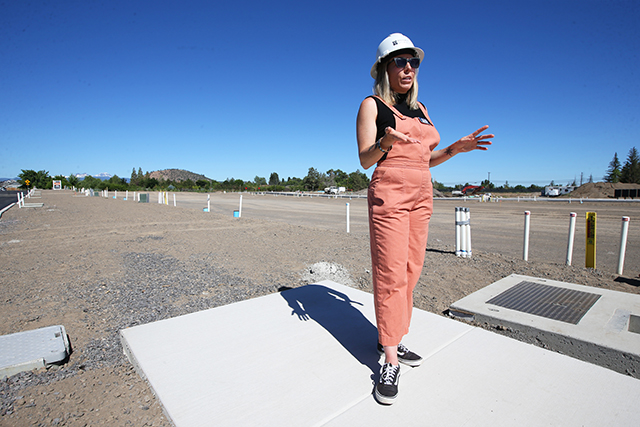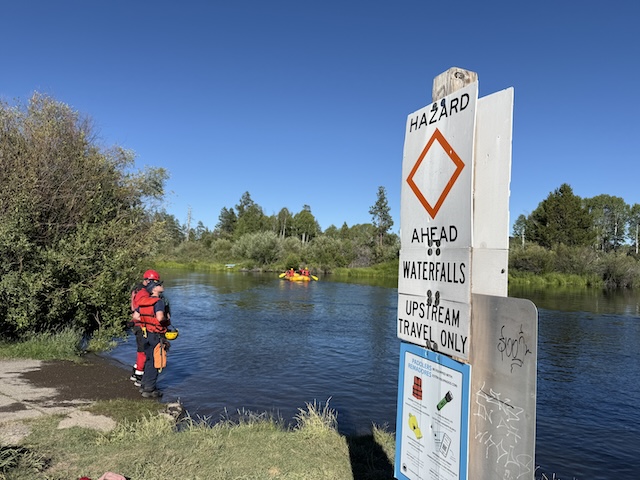Klamath dam removal to finally start
Published 10:50 am Monday, April 17, 2023

- The Klamath River.
It appears that the start of the largest hydroelectric dam removal project in U.S. history is finally going to get underway this summer on the Klamath River in Southern Oregon and Northern California.
Mark Bransom, CEO for Klamath River Renewal Corp., which is charged with the removal project, said in a recent report that the preparations to remove Copco Dam 2 are on schedule with the actual removal planned between June and October. The other three hydroelectric dams — Copco 1, Irongate and John C. Boyle — are planned to be removed in 2024.
Trending
That could bring a wealth of economic development to Oregon cities such as Medford, Ashland and Klamath Falls as workers flock in to build better roads to the remote dams and reservoirs, plus lay the infrastructure to control the release of water, create new channels to control the flow and reseed much of the dryland in an effort to mitigate the damaged landscape. There are several dozen workers on site already, Bransom said.
Cost for the dam removals and restoration are estimated at $450 million. The former dam owner, PacifiCorp, is providing $200 million, which was collected as ratepayer surcharges, while the state of California is providing the remaining $250 million from voter-approved bond funds allocated for the project.
It has been a long, drawn-out process spread over 15 years that involved numerous public meetings, protests by proponents and opponents and a lot of unknowns.
The key unknown is whether the breached dams will have enough flow to wash away some 15 million cubic yards of sediment built up behind their walls.
Aside from below J.C. Boyle, which has plenty of whitewater, the rest of the Klamath flows at a fairly slow clip along its journey 300 miles to the coast.
However, Bransom said that three of the largest dams — J.C. Boyle, Copco 1 and Irongate — will all be drawn down simultaneously opening tunnels at the base of the dams to create several thousand cubic feet per second of water flowing down the river. The reservoirs will drop about 5 feet per day between January and March of 2024.
Trending
It should take about two years for the silt to wash out to the ocean, Bransom said.
The sediment has been a common concern of the dam removal project.
But to do nothing means the river will continue to remain stagnant in places, becoming a breeding ground for bacteria that is harmful to salmon. The goal here is to clear a path for salmon to return to the upper Klamath.
Even then, opponents claim that there are natural rock formations in the river that will prevent salmon from making it all the way to Upper Klamath Lake. Fish biologists have said that won’t be the case.
What we may get this summer is a resolution of some of those old arguments as the first dam comes down. Let’s hope for its success and no more delays.








